Throwback Thursday: How to leave your world for free
Gravity is a hard force to overcome, but some worlds get an unlikely assist that makes it all too easy.
“Some prophecies are self-fulfilling
But I’ve had to work for all of mine
Better times will come to me, God willing
Cause I can’t leave this world behind” –Josh Ritter
Josh Ritter has it right: you sure can’t leave this world behind. At least, not very easily. The reason for it, of course, is gravity, which binds us to our planet with a tremendous amount of energy.
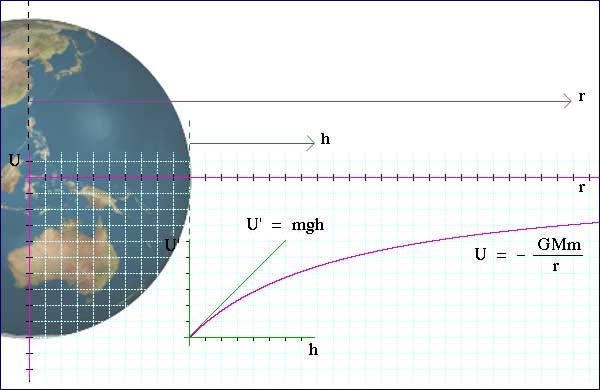
Here on the surface of the Earth, the gravitational potential well is pretty large; large enough that there’s no easy way off. Sure, you can pour a huge amount of energy into a rocket to try and overcome this gravitational potential energy, which is the only way we’ve figured out so far. In principle, a space elevator might work, but even that involves overcoming the gravitational potential well of our planet’s pull.
But what if we wanted to circumvent that altogether? Let’s have a little speculative fun, and think about what would allow us to leave for free.
In principle, bringing a large gravitational mass close to our surface might allow us to “jump ship” to the other world. Unfortunately, where we are, our largest, closest neighbor, the Moon, isn’t really all that close or all that massive.
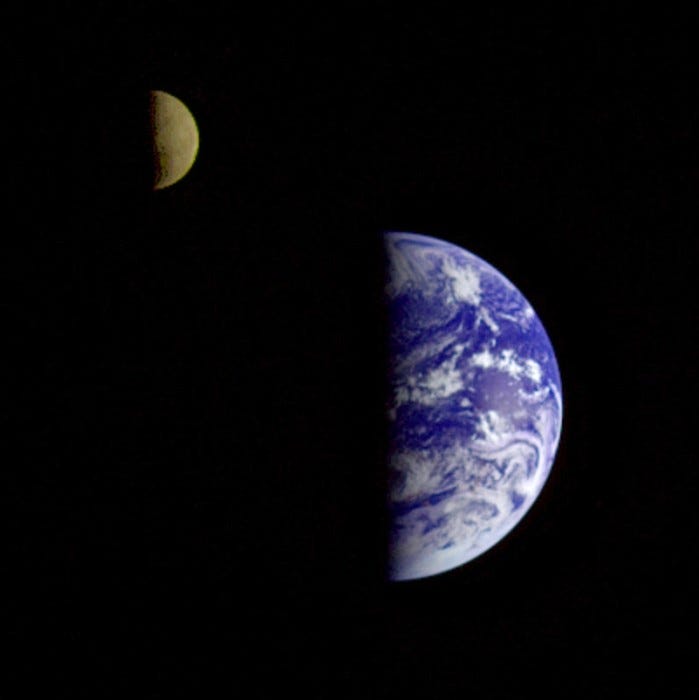
You might be used to seeing pictures like this, but these are false-perspective pictures, where the Earth and Moon are nearly lined up with the camera. If we illustrated the Earth-Moon system to scale, it would look far less impressive. And if we put the center of gravity in there, we would already have to be 90% of the way to the Moon to have its gravitational pull balance out the Earth’s.

The Moon is practically useless for helping us escape the Earth’s gravity. It’s both small and low in mass, a combination that gives it a low surface gravity: just 17% of what we have here on Earth. On top of that, the Moon is quite far away, relative to the size of the Earth. If we wanted help overcoming our planet’s gravitational pull, it would literally take another world with at least a comparable surface gravity to our own, and it would have to be close enough to us that “jumping ship” would be a real possibility!
Things might be a little pessimistic for that here, in our Solar System, but as we’re just starting to learn, the Universe is an extremely diverse place, where every combination of planets and solar systems we can think of very likely exist. With hundreds of billions of planetary systems in our galaxy alone, even exceedingly rare configurations that might be one-in-a-million will not only be ubiquitous, they’re likely only a few hundred light-years away.
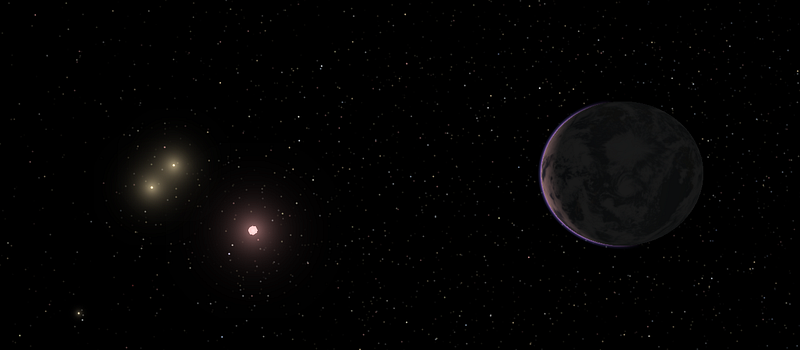
For example, maybe there’s a solar system out there where it isn’t small, rocky planets that fill up the inner orbits, but a mix of Earth-like, rocky worlds and also gas giants, some of which are even closer to us than our closest planet, Venus, when it reaches perigee. It might seem like a big deal that Venus achieves a minimum distance from Earth of only 38 million km, the smallest distance of any planet, but what if it weren’t a rocky world like ours, but a gas giant instead? And what if it weren’t 38 million km away, but a much smaller number?
Do you wonder what that might look like?
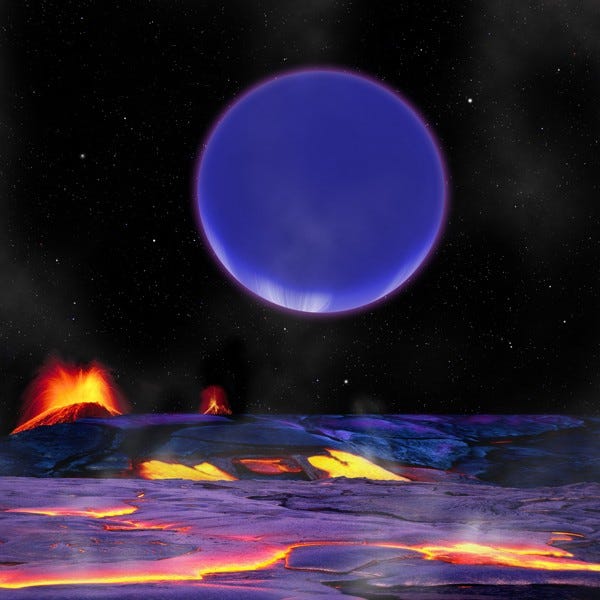
From even a significantly greater distance than our Moon is, a gas giant planet, even a smallish one like Neptune, would appear huge and towering in the night sky. Our Moon, the biggest single object in the night sky (by angular size) at just over half a degree, would be dwarfed by the way a planet like this appears.
And a skyline would certainly have a different look to it.
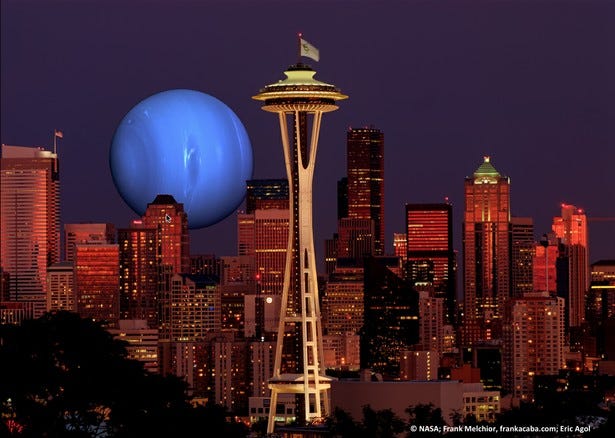
Fortunately, we don’t have to speculate anymore! One of the stars being studied by the exoplanet-hunting mission Kepler spacecraft — Kepler-36 — has been discovered to have two planets orbiting it: one is an Earth-like world just 50% larger than our planet, while the other is a Neptune-sized world, nearly four times our size and eight times as massive. In the inner solar system of this star, a rocky planet and a gas giant coexist.
That in itself isn’t all that rare; in fact, having only rocky planets like our Solar System does might be the rarity around Sun-like stars. No, the truly amazing thing about these two planets is that they are so close together! While the Earth-like world orbits its star from a distance of 11 million miles, the Neptune-like world is just 1.2 million miles (1.9 million km) farther out, making these the two closest planets ever discovered in the galaxy!
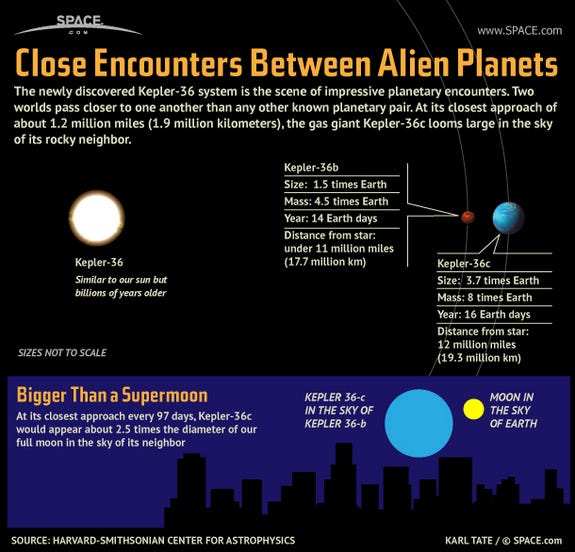
Every 97 days, the inner, Earth-like world overtakes its next-door, Neptune-like world in its orbit. At that time, the planets are separated by a mere five times the Earth-Moon distance, despite the companion planet having over 700 times the Moon’s mass. This is still too far to leap from one world to the next, but it’s on the right track.
You see, if you wanted another planet to come by, if its surface gravity was higher than Earth’s, we could literally get pulled off of our planet and get sucked into the gravitational well of the other world! If you brought the real Neptune close enough to the Earth, this is exactly what would happen.
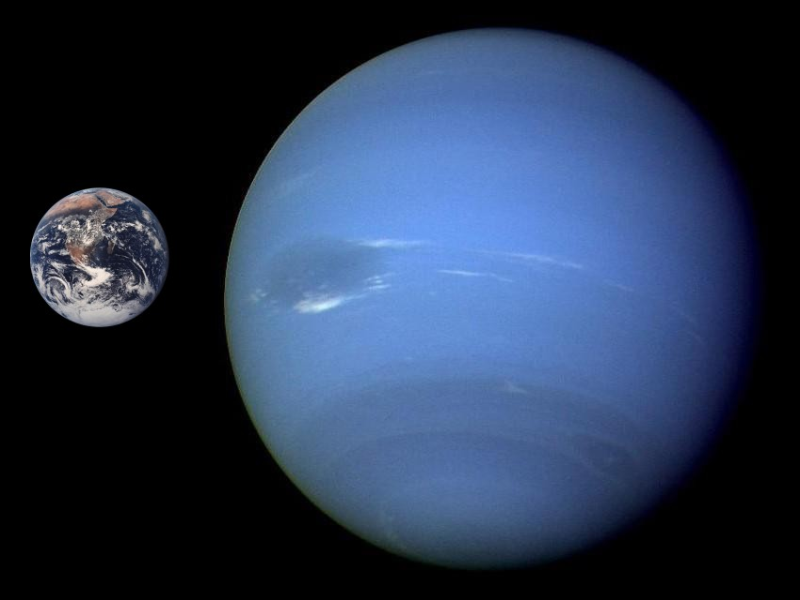
Like Saturn and Jupiter (but not Uranus), Neptune has a higher surface gravity than Earth does. If the surface of Neptune came within about 1,000 miles (1,600 km) of Earth’s, the gravitational force from Neptune would exceed the gravitational force from the Earth, and objects on the side of the Earth facing the gas giant would be more attracted to the giant planet than to Earth, and would begin accelerating towards it.
Conversely, if you took a planet with lower surface gravity than the Earth and brought it close enough, someone on that world would find that our gravitational attraction was greater than their planet’s, and so they’d start accelerating towards our world!
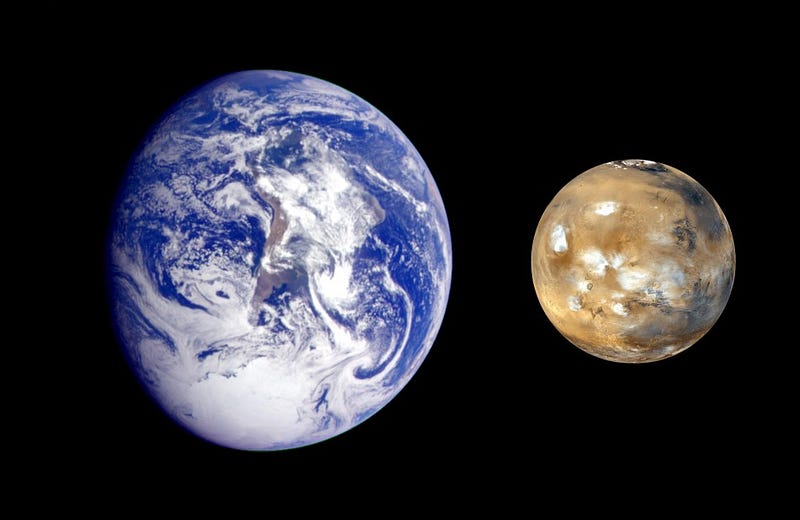
Mars, for example, would only need to come within about 2,000 miles of Earth for someone on Mars to begin accelerating in our direction. There may even be alien worlds out there known as double planets (or binary planets) that are close enough for something like this to happen.
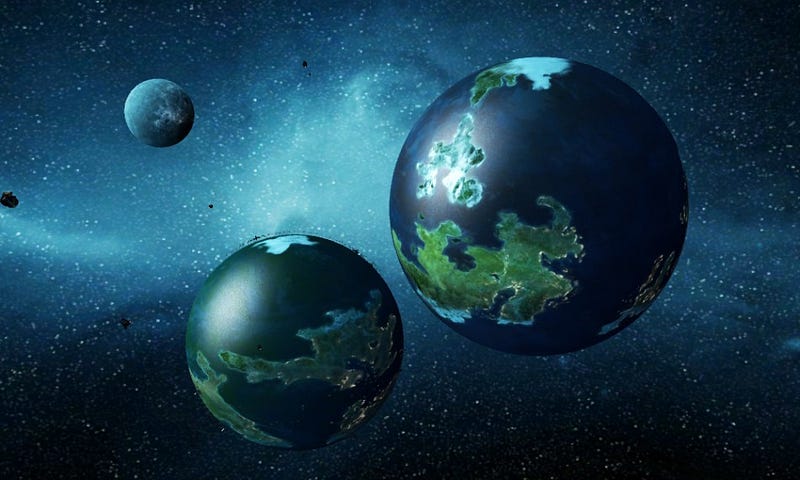
Of course, these are very very close distances for things as fragile as planet. Think about how small and far away the Moon is, and now think about how powerful the tides are on Earth. Now imagine replacing the Moon with something much more massive and about 100 times closer. Now, remember that gravity is an inverse square law, meaning that if it’s 100 times closer, the force is 10,000 times stronger.
In other words, it isn’t just you that will be accelerated towards an alien world; the world with the lower surface gravity itself will begin to be torn apart!
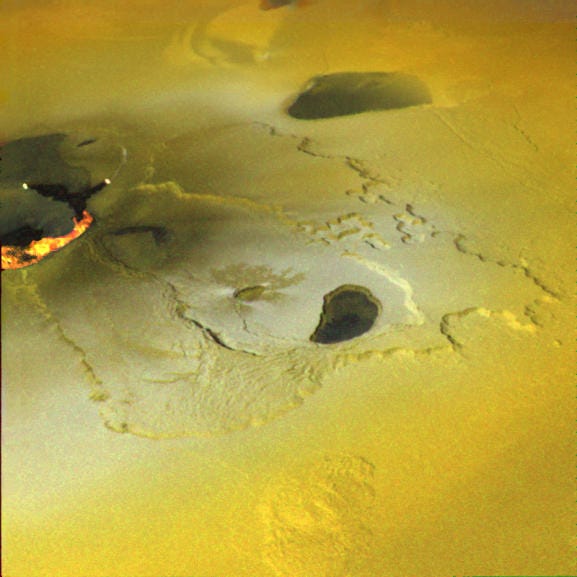
This already happens on Jupiter’s closest Moon, Io, whose surface is pock-marked due to a tremendous number of fissures and volcanoes caused by tides, and yet completely devoid of craters due to the fact that the surface gets covered over in lava too frequently for any craters to stick around for appreciable timescales.
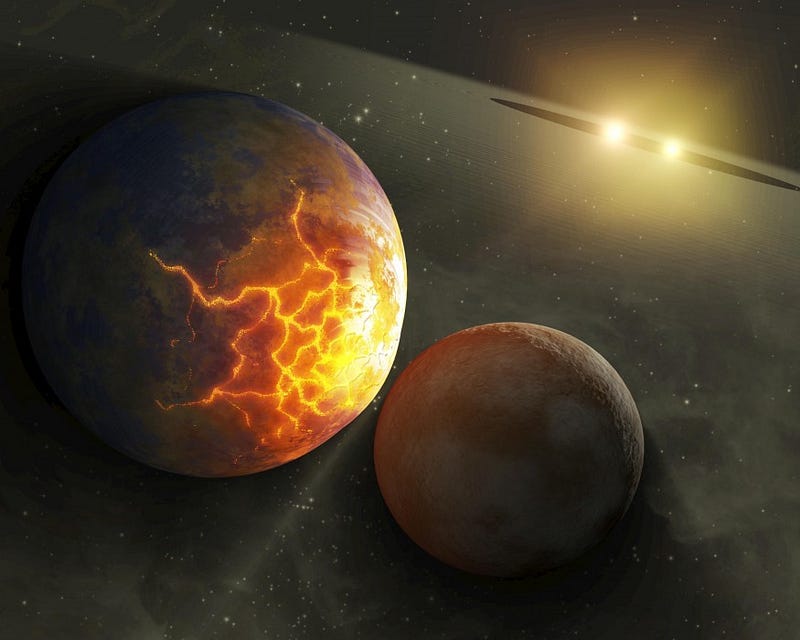
Earthquakes and volcanoes will certainly abound on the rocky world that was part of a double planet system, but it’s more likely that even more severe changes would happen to such a world. It would be unlikely to be spherical, and — if the two planets were comparable in mass — both worlds would likely be deformed by their mutual gravity.
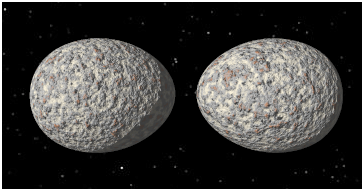
It’s conceivable that even for the case of Kepler-36, the inner, Earth-sized planet has no atmosphere, because it’s been stolen, or siphoned off, by the close-by, larger-massed Neptune-sized world! Imagine it: atmospheric thievery, where one world steals the entire atmosphere of another. In this Universe, it very likely happens!
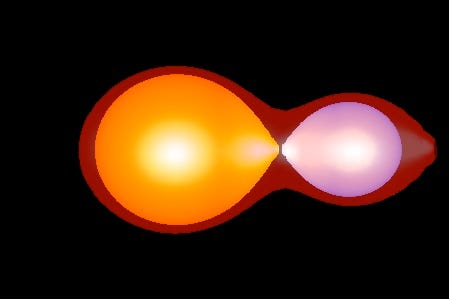
It happens for binary stars, and there’s no reason to think there aren’t binary planets out there, too, for which the same thing happens. Sure, it would be easy (and free) to hop from our world to another if we were part of a binary planet system, but would it be worth it? Given that you need an atmosphere to live, and that if you could leave the world for free, so could anything else on the surface, including things that you might like to keep around. Better stick to the old fashioned way, at least for now.

It might be hard to leave this world, but the more I think about it, the more I’m convinced that’s a very good thing. There are worlds out there where jumping from one to another might be incredibly easy, but you probably wouldn’t want to live there!
Enjoyed this? Leave a comment at the Starts With A Bang forum on Scienceblogs!





